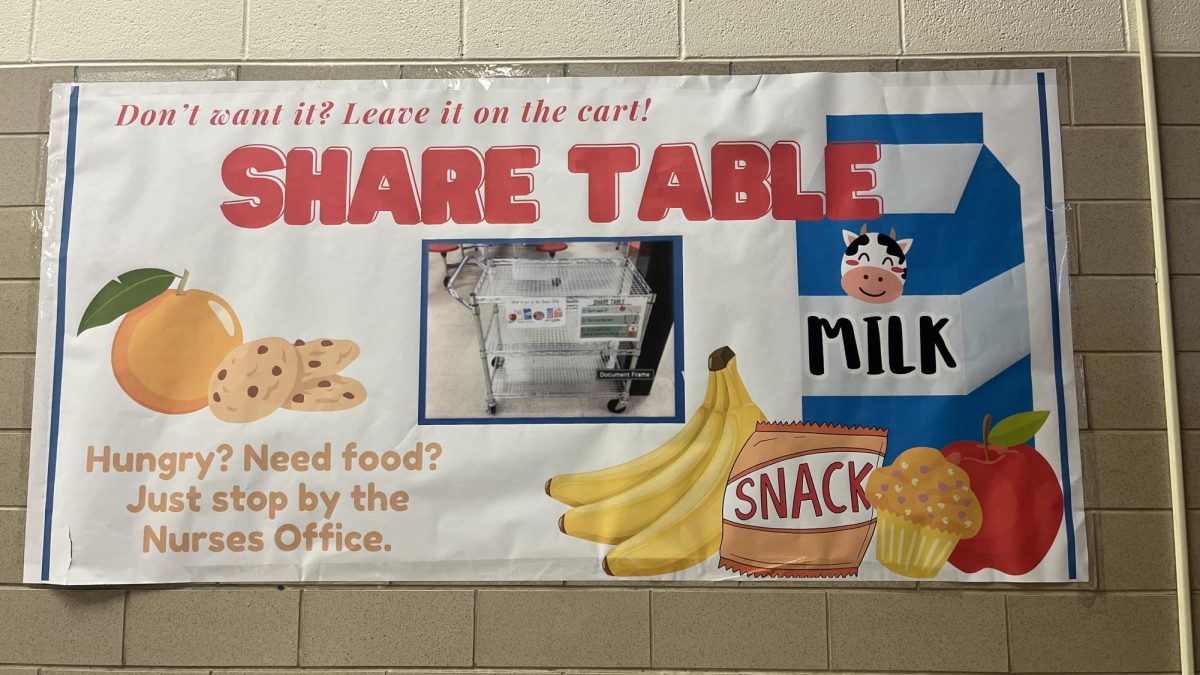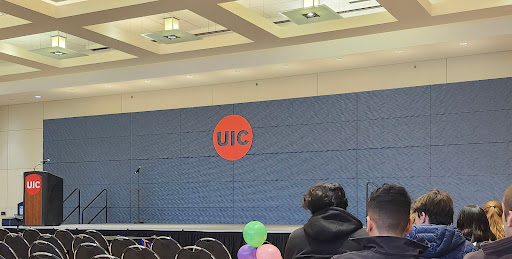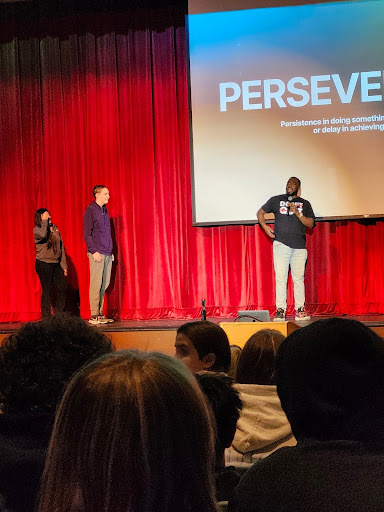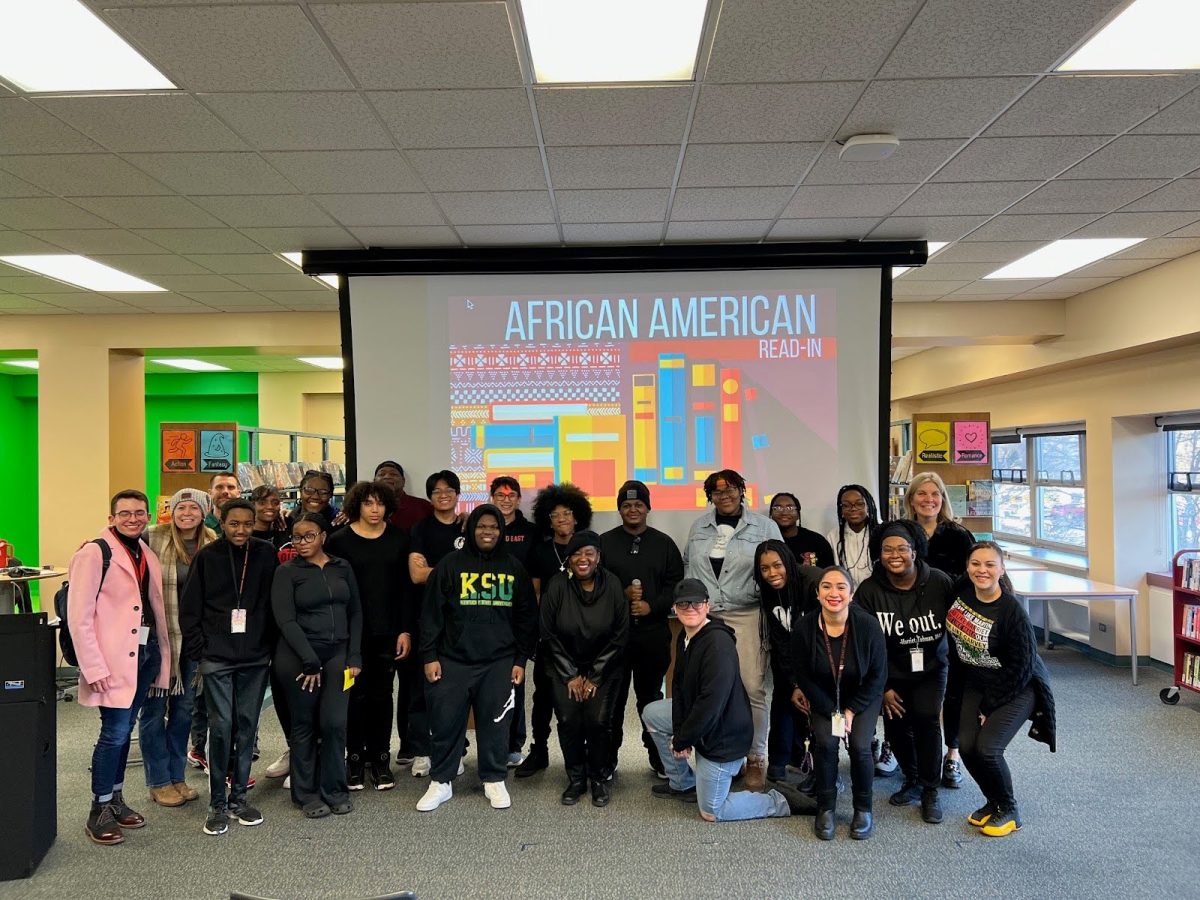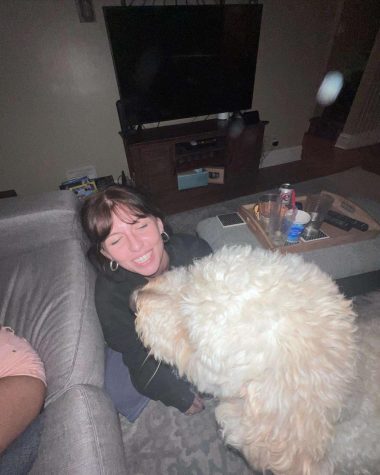By now, you may have noticed the two metal carts being pushed around by students in the cafeteria, asking for any prepackaged food that you would be willing to donate. More so, you may have had to promote these carts for the Eco-Action portion of your AP Environmental Science or Sustainable Urban Agriculture class.
The recently re-established Share Tables utilizes the carts to collect and redistribute packaged food, such as milk, granola bars, and apples, to hungry student populations within Glenbard East High School.
The Share Tables project was first introduced by Glenbard East student Jimmy Lynch in the Fall of 2018, after identifying a food insecurity amongst almost half of East’s student body.
During the fledgling year of Lynch’s project, 41.8% of students qualified for a free and reduced lunch. As of most recently, this percentage has increased to 45.2%.
The School and Community Assistance for Recycling and Composting Education (SCARCE) has momentum for providing schools with a sustainable community. SCARCE’s Kay McKeen provided Lynch with appropriate instruction on how to effectuate Share Tables.
Mr. David Krodel, teacher of AP Environmental Science, Dual Credit Horticulture, Honors Biology, and Sustainable Urban Agriculture, assisted in both 2018 and now, by achieving a higher education, which allowed him to teach the dual credit course. This subsequently followed the implementation of Future Farmers of America (FFA) into the high school, which eminently renewed Share Tables.
The nationwide organization FFA focuses on integrating environmentally conscious programs, as well as student-based leadership on a junior high and high school level. Environmental concerns are relevant in all areas, from urban to rural communities.
“Having FFA and an identified need is what has made Share Tables possible,” said Krodel.
Laura Grabowski, the certified school nurse of eight years said that many students typically take food from the nurses office which is supplied by the Shared Tables.
“It varies, but I would say that we give food away every period to at least 1-2 students. That’s about 8-16 students per day, 40-80 students per week.”



